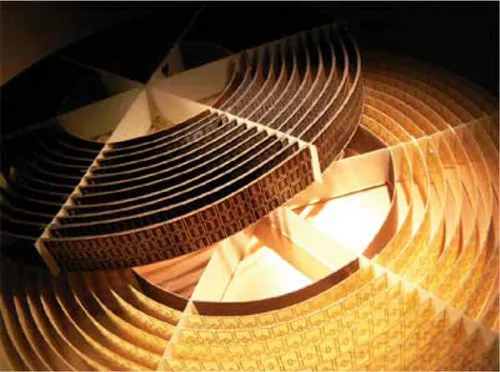
Transformation Optics-based Antennas
Shah Nawaz Burokur, André de Lustrac, Jianjia Yi, Paul-Henri Tichit
- 122 pagine
- English
- ePUB (disponibile sull'app)
- Disponibile su iOS e Android
Transformation Optics-based Antennas
Shah Nawaz Burokur, André de Lustrac, Jianjia Yi, Paul-Henri Tichit
Informazioni sul libro
Transformation Optics-based Antennas is organized into two chapters that follow an introduction that presents the basic principles of the transformation optics concept. Two types of transformation are presented, coordinate transformation and space transformation. Implementations using metamaterials are also discussed.
Chapter One focuses on coordinate transformation in the design of devices capable of modifying the electromagnetic appearance of a radiating source. Transformation of a directive radiation pattern into an isotropic one (and vice-versa) through space stretching and compression, respectively, and the possibility of creating multiple beams are also studied.
Chapter Two deals with devices designed using space transformation concepts. Quasi-conformal transformation optics (QCTO) are applied for the design of lenses, either to compensate for the phase shift created by the conformation of an array of sources or to steer a beam to an off-normal direction.
- Focuses firstly on the theoretical tools that define transformation optics
- Address the origin of these concepts by analyzing Fermat's principle
- Details the basic approaches and methods needed to design practical applications of transformation optics concepts
Domande frequenti
Informazioni
Transformation Optics Concept: Definition and Tools
Abstract:
Keywords
1.1 State of the art on metamaterials
